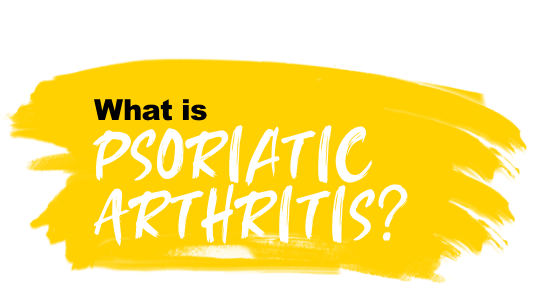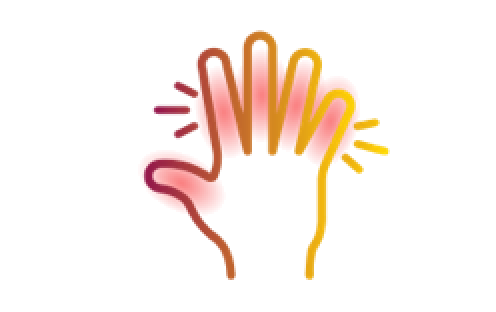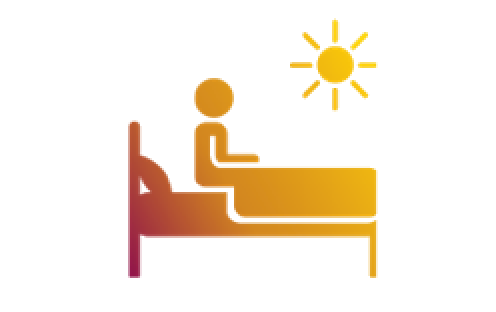
What is Crohns Disease (CD)?
Psoriatic arthritis (PsA) is a chronic autoimmune condition that affects your skin (psoriasis) and joints (arthritis).1 PsA affects about 30% of people who already have skin psoriasis,2 but can occur in people without, particularly those who have relatives with psoriasis.3,4
PsA affects men and women equally.3,5 It usually develops after the age of 30 but may begin in childhood.3,5 Both psoriasis and PsA run in families and are more common in Caucasians than other ethnicities.5
Symptoms and Signs of Psoriatic Arthritis
Skin psoriasis symptoms usually develop first. Red, scaly patches, known as plaques, most commonly appear on the scalp, elbows, or knees.5
Some people have psoriasis symptoms for 10 years before they ever experience joint pain.6
Factors fall into three main groups:
You may feel joint tenderness, swelling, and stiffness in your neck, lower back, fingers, knees, ankles, or toes.4 If left untreated, PsA can cause permanent joint damage.3,4
PsA also can cause tender spots where tendons and ligaments join onto bones. This condition, called enthesitis, can result in pain at the back of the heel, the sole of the foot, around the elbows or in other areas.3 Enthesitis is one of the characteristic features of psoriatic arthritis.3
Other PsA symptoms can include:4,6

Painful, sausage-like swelling in fingers and/or toes (dactylitis)

Pitting of the nails or separation from the nail bed

Morning stiffness

Reduced range of motion
What Causes Psoriatic Arthritis?
PsA occurs when your overactive immune system mistakenly starts attacking healthy joints and skin.2 The abnormal immune response causes inflammation in your joints as well as overproduction of skin cells.4 The exact cause of psoriatic arthritis, and why the immune system turns on healthy tissue is unknown but may result from a combination of factors. Along with the immune system, it’s likely that both environmental and genetic factors play a contributing role:

Genetic predisposition
Both psoriasis and PsA tend to run in families.5 Many people with PsA have a parent or a sibling with one or other of these conditions.4

Environment
Physical injury or environmental factors (e.g. a viral or bacterial infection) might trigger PsA in people with an inherited tendency.4
Diagnosing PsA
There is no single test for PsA and the diagnosis is usually made by:2,3,5,6
- Taking a medical history
- Physical examination
- Blood tests
- X-rays and MRIs of the joints that have symptoms